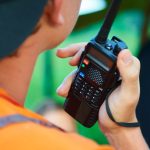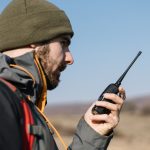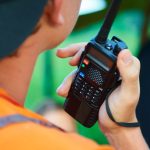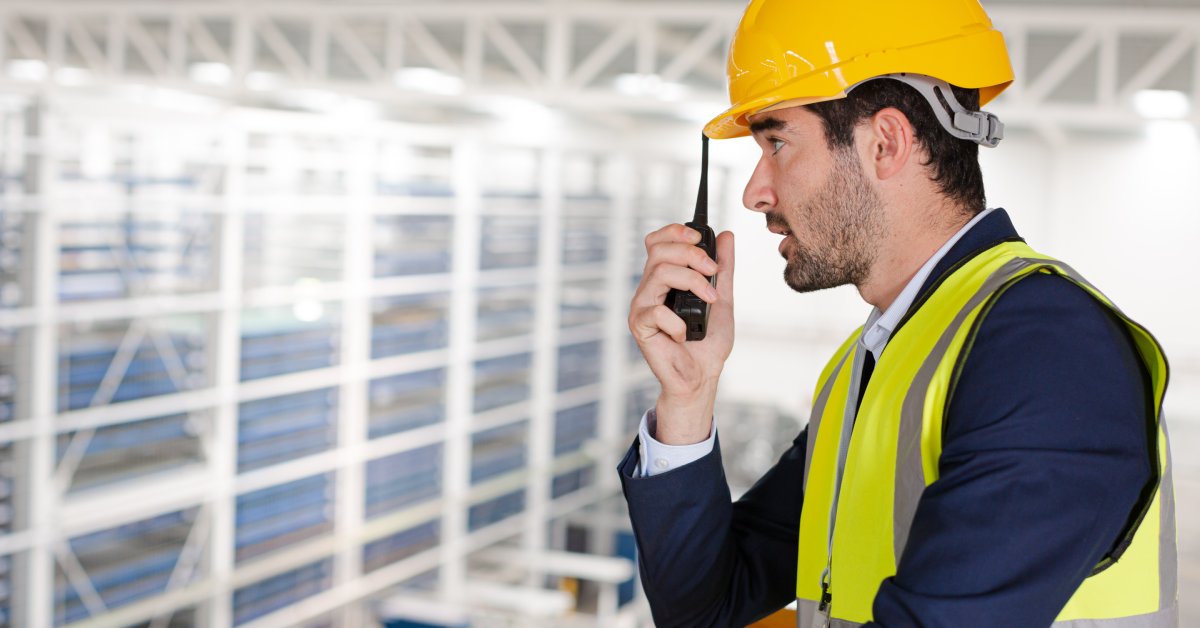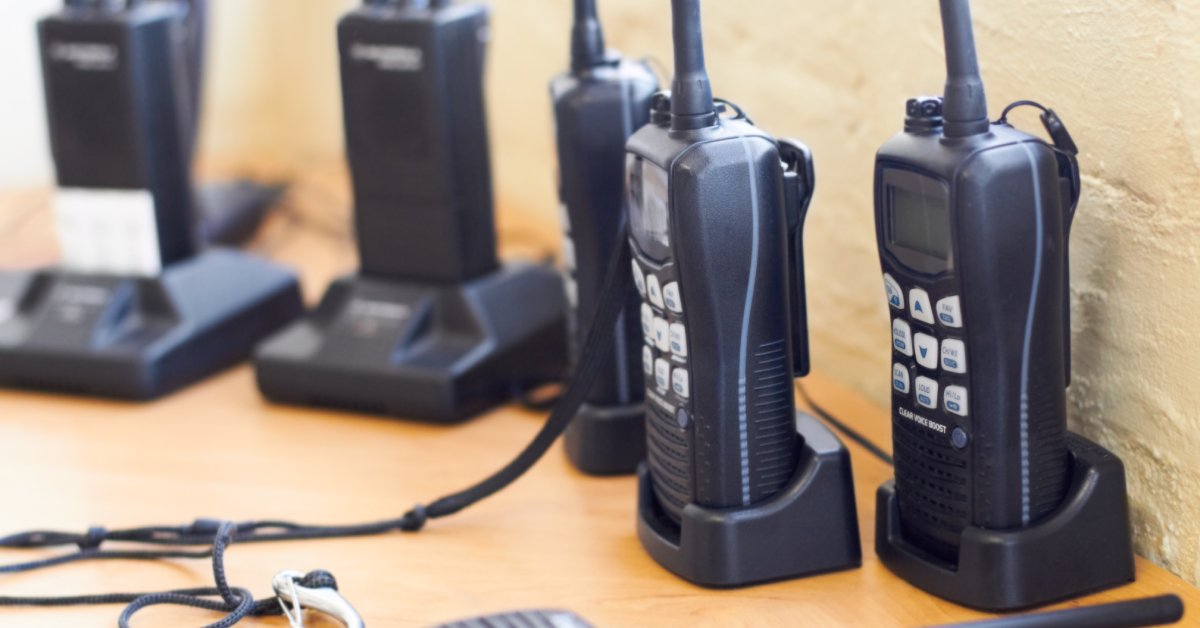Two-way radios are essential workplace communication tools in many industries, from emergency services to construction and event management. What many users might not realize, however, is how much radio signal strength can affect the performance of their devices. Specifically, signal strength plays a significant role in how quickly a radio’s battery drains. Understanding this relationship is crucial for ensuring efficient use of two-way radios and extending battery life. Continue reading to learn how radio signal strength impacts two-way radio batteries.
How Radio Signal Strength Works
Two-way radios transmit and receive signals over specific frequencies to facilitate communication. These signals travel through the air and can degrade based on factors such as distance, interference, and physical obstructions between the transmitting and receiving radios.
Distance
Distance is one of the most obvious factors. The farther apart the two radios are, the harder the transmitter has to work to maintain a clear connection. When users move beyond the recommended range, radios often lose signal strength, resulting in weaker transmissions and increased static during conversations.
Physical Obstacles
Physical obstacles such as buildings, walls, hills, or dense vegetation further complicate matters. These barriers weaken the clarity of the signal and force radios to work harder to maintain seamless communication. Urban environments, with their high density of concrete, metal, and glass structures, are especially challenging for radio signals.
Interference From Electronic Devices
Additionally, electronic devices can introduce signal interference. For example, using two-way radios in areas with nearby Wi-Fi routers, heavy machinery, or mobile phone towers may affect the quality of the signal. All of these elements converge to affect how radios perform and how much power they consume. Understanding these factors is the first step to optimizing how batteries perform under varying signal conditions.
The Impact of Signal Strength on Battery Life
When radio signal strength is poor, the impact on battery performance becomes immediately noticeable. Two-way radios constantly adjust their power output based on the strength of the signal they receive. A weak signal forces the radio to transmit at a higher power level in order to boost the signal and maintain connectivity. Unfortunately, this increased effort starts to drain the battery at a much faster rate.
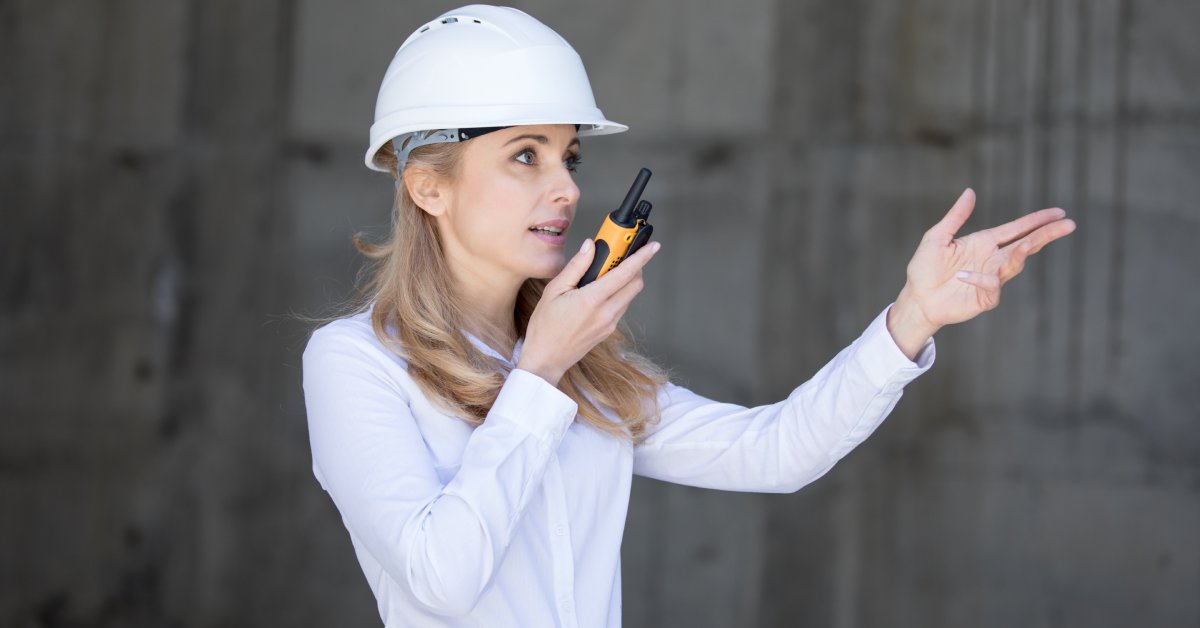
Practical Examples
Imagine you’re working on a large construction site where one team is operating heavy equipment far away on the other side of the property, beyond the primary communication range. Meanwhile, your two-way radio is working overtime to send a strong enough signal, burning through battery life to compensate for the extended distance. If this happens constantly throughout the day, you could see your battery deplete long before your shift ends.
Another example occurs in settings with numerous physical obstructions. Imagine using your radio inside a processing plant filled with machinery and multiple layers of walls between floors. Every wall or piece of equipment the signal must pass through reduces its strength. This forces the device to continuously optimize its frequency output and amplify its energy use for successful transmissions. Unsurprisingly, the strain on the battery in this scenario grows exponentially.
The weaker the signal, the harder your radio works to combat it, draining the battery faster and shortening its lifespan over time. Understanding this cause-and-effect relationship allows users to optimize their radio usage and reduce unnecessary battery drain.
Best Practices for Optimizing Battery Life
Now that you’re aware of how radio signal strength impacts two-way radio batteries, you can take steps to mitigate these effects. Addressing poor signal strength involves a combination of practical strategies that focus on range management, device maintenance, and operational techniques.
Range Management
One of the simplest but most overlooked practices is staying within your radio’s recommended range. Before using your radios, check their specifications to determine the effective communication range. Whenever possible, plan work or tasks in a manner that allows users to stay within this range. This alone can dramatically improve both signal strength and battery efficiency.
Environmental Factors
Consider the environment where you’re using the radios. If you know you’ll operate in a setting with physical obstacles, experiment with repositioning yourself or your team members to achieve more direct lines of sight. For example, moving to higher ground or finding open spaces can help antenna signals travel unimpeded. This reduces the need for your radio to increase its output power, thus saving battery life.
Radio Settings
Adjusting your radio settings can also go a long way in preserving battery life. Many two-way radios allow users to switch between low and high power modes. Whenever you’re operating within close proximity to others, switch to low power mode to avoid overexerting the battery. Save high power mode for situations where greater range is critical.

Regular Maintenance
Regular maintenance of both your radio and its battery is another effective way to keep your devices operating efficiently. Clean your radio’s exterior, and make sure the antenna is firmly attached. A well-maintained antenna is key to strong signal transmission. Charge batteries before draining them completely, and store them properly when not in use. Over time, this simple routine protects the battery and its ability to endure intensive signal adjustments.
Accessory Upgrades
High-quality antennas improve the range and clarity of signal transmissions without severely taxing the battery. Similarly, using advanced batteries with higher capacities can extend operational time and reduce the immediate effects of poor signal conditions.
Small adjustments to your day-to-day habits and operational environment can build on each other to create a big improvement. By applying these best practices, you can ensure that your radios remain functional longer, even in challenging conditions.
Improving Signal Strength for Better Battery Performance
Weak signals hinder clear communications and drain batteries faster, creating challenges for individuals who rely extensively on these devices. Taking small yet intentional steps, such as staying within range or adjusting power settings, can enhance efficiency.
To get the best radio performance in any environment, turn to the experts at Battery Distributors. We offer a large selection of long-lasting battery replacements, including Motorola XPR 3500 LI batteries, to keep you connected throughout the day. Contact us today to learn how our replacement batteries ensure that your radios remain functional regardless of the environment.


